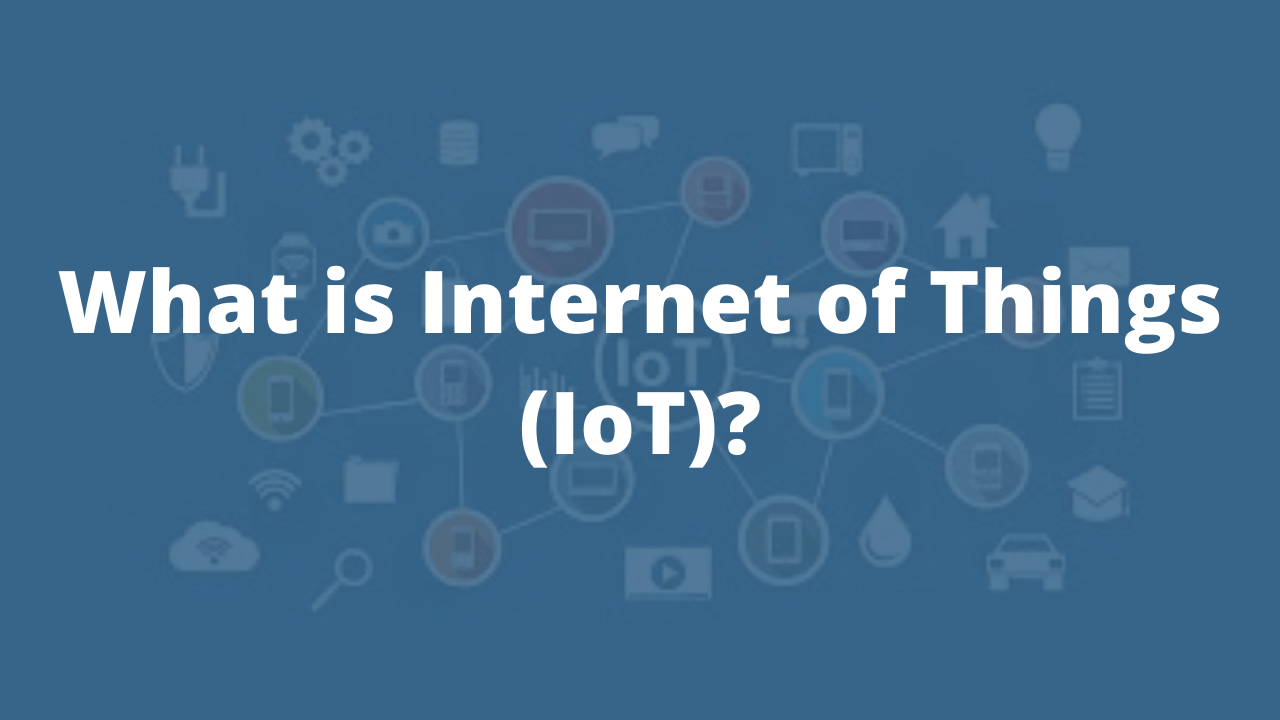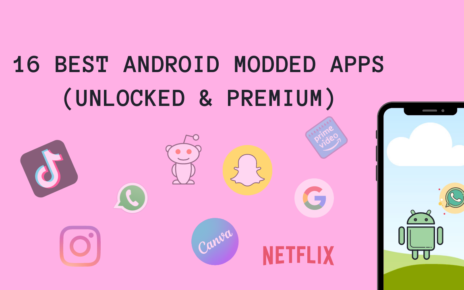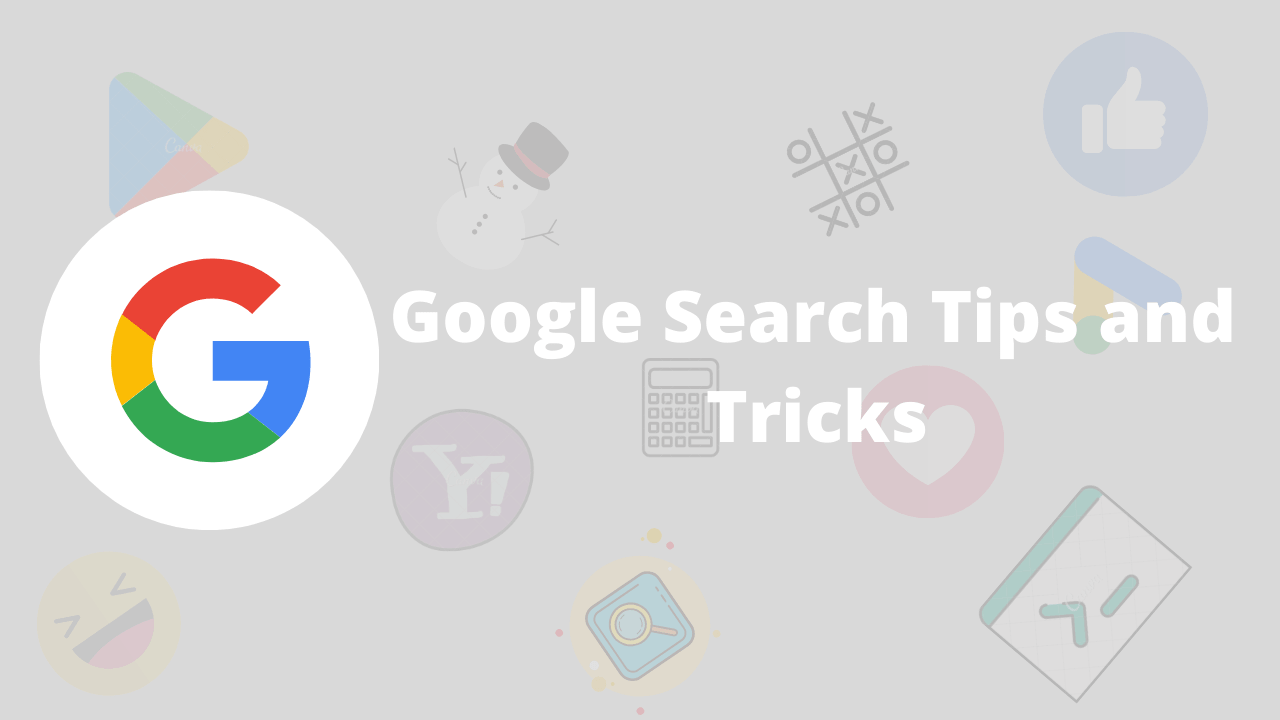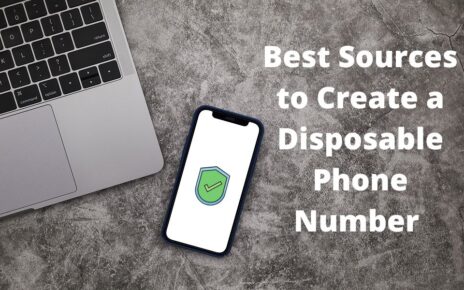Despite heavy usage in our day to day life, there are a few technologies we barely understand or even know about it. Internet of Things (IoT) is one of them. Reason of being ignorant about IoT is its complex architecture and so many hyper tech terms involved.
Internet is full of IoT articles and research papers, but it is not easy for a beginner to start with available information. A beginner can easily get distracted by stumbling blocks of tons of technical terms. However, IoT is not as difficult to understand as it seems.
The purpose of this article is to deliver basic idea of Internet of things (IoT) and its functioning in simple words. You will also get answer of few curious questions like, Can IoT work without Internet, what is potential of IoT, is IoT secure etc. Further, you will also read about some interesting use cases of IoT.
Let’s begin with basic understanding of Internet of Things.
Contents
What is Internet of Things (IoT)?
Internet of Things (IoT) is a system of interconnected computing devices provided with unique identifiers and ability to connect each other without any human interaction (Thanks to Wikipedia for the definition).
In simple words, our daily use devices or objects can be embedded with IoT enabled chips to simplify human tasks with or without any human interaction.
Let’s understand IoT with a real-life example. Suppose you want your air condition to automatically switch itself on 15-20 min before you reach home so that you can relax in pleasant condition.
IoT can be handy for this use case. There are plenty of IoT APIs to read the geo coordinates. You can embed one IoT chip in your car and write some logic to calculate the distance from home based on the readings of chips. Once distance is 1Km or lesser, IoT setup embedded in the car should send a signal to the Cloud using Internet connection. Later, a signal from cloud will be transmitted to chipset embedded in your Air condition at home and AC will switch itself on without a single human input. This is Magic of IoT.
Read More: What is 5G and how does it work?

IoT Functioning-
IoT functioning can be complex but we can divide overall task and data flow into 4 parts to understand it in easy way.
- Data Collection by sensors/devices
- Connectivity with Cloud or Data Storage Point
- Processing the Data
- Action
Let’s understand each point in detail with our previous use case (Smart Air Conditioner).
1- Data Collection –
This is the first step of IoT and usually performed by sensors or client devices. Sensors have unique ability to perceive the information from outer world and store it digitally for further processing or decision making.
In our use case, Car is embedded with IoT sensor which stores the local geo coordinates. The sensor keeps the track of current geo coordinates and calculates the distance between home and current coordinates of the car. Once the distance reaches the threshold of 1 Km sensor sends the data signal to cloud.

2- Connectivity –
Next function of IoT is to store the data collected by sensor into cloud or other storage unit. Usually we store the IoT sensed data into cloud for processing, but it can be stored locally as well based on requirement.
Continuing to the use case, sensor will send the data to cloud via internet once the geo coordinates indicates the distance between car and home is less than 1 Km.
Connection between sensors and storage can be established via Cellular Internet, WiFi, Bluetooth or low-power wide-area-networks (LPWAN) based on task and cost appetite for Power, bandwidth and range.
Read more: How does Internet Work

3- Data Processing –
In this step data stored on Cloud or local storage gets processed based on instructions of software or micro-controller programs. Ultimate goal of Data Processing is to make some decision and perform some ultimate task.
In our case, cloud server will receive the data from IoT chip enabled in the car and send the signal to Air Conditioner to switch itself on or off.
Data Processing can be done at any end or mid-point. It can be done at sensor end itself or it can be at targeted device end as well. It all depends on the requirement.

4- End Results or Actions –
Once Data Processing is complete, the ultimate action is performed based on the results. End Result is the action perceived by us because it is to simplify our day to day task. End result can be as simple as turning lights on, notifying about water overflow etc.
In our use case, ultimate action is turning AC on based on the signal received from cloud.
Can Internet of Things (IoT) work without Web Internet?
As definition suggests, IoT is a system of connected computing devices. Here you should not confuse between Internet of IoT and web Internet. Both are different things. So, there is no such thing as ‘oT’ but it is a complete ‘IoT’. In other words, Internet of connected things.
Coming back to the question, can IoT work without web internet? Yes, Internet can be a medium of connectivity between cloud and sensors, but it is not an essentials part. An IoT system can function on other connections like Bluetooth, WiFi, LAN and Satellite Communication etc.
There are a few IoT systems that work without web Internet connectivity. For ex. Smart Irrigation system which works on low powered WiFi connectivity. It senses the moisture in the soil and communicate with the components in vicinity to start or stop irrigation based on intensity of moisture.
Read more: How does Internet work?

Is it safe to use IoT?
There are a few data privacy concerns related with IoT devices. A lot of the IoT devices work with web Internet connectivity and stores the sensed data like user geo location, personal preferences, daily routine etc. on cloud or server. Sometimes, it can be against user privacy and can raise safety concerns as well.
However, not necessarily all the IoT devices should be connected with web Internet. Data sharing depends on the requirement of the setup. Data can be shared using other mediums like Bluetooth, WiFi, Infrared signals etc.
In case web connection is necessary, data must be properly encrypted to avoid any data leakage to miscreants.
What is Internet of Everything (IoE) ?
IoE is a term which is coined often when we discuss about Internet of Things (IoT). After all both share some common ground technologies. So, what really is Internet of Everything?
As of now you must have understood that IoT is connected network of computing devices (Internet of Devices or things). Like IoT, Internet of Everything is also an Internet of connected dots and dots could be anything. For ex. Devices, People, Objects, sensors etc.
In simple terms, IoE is Internet of People, Process, Data and Things connected locally or via public network using some standardized protocols. By definition we can say that IoE is an advanced version or superset of IoT and same way Machine-to-Machine (M2M) communication considered a subset of IoT.

IoT use cases-
Smart Chair –
Smart Chair is an initiative by chair manufacturers powered by IoT technology to reduce the power consumption in offices or conference rooms. Smart chairs are embedded with sensors to constantly check if someone is sitting on it. All the chairs are connected using IoT technology and based on the output they perform automatic tasks like turning lights on or off, switching AC on or off.
Smart City-
IoT technology can be used to manage the city easily without much human efforts. One of the best examples of IoT technology is Triggering the alarm to nearest municipality workers when garbage bin is full. This way we can save the city from unnecessary spread of garbage.
Natural resources Conservation-
There are a lot of IoT devices which is being used for this purpose. If we talk about our household, one of the important natural resource we use is Water. Usually we store the water in big containers though water pumping motor. We can install an IoT device to sense the water level in container and automatically turn the motor on when water level is below minimum mark and turn it off when water level is above the maximum mark.
Final thoughts-
If there is something difficult on the table, one should believe in divide and conquer approach to tackle it. Same goes to IoT. Although a lot of people find it difficult to understand but it can be easily understood by starting with basics and gradually scaling to advanced topics.
It is estimated that around 31 billion IoT devices will be installed by 2021 and by 2025 it can reach up to 75 billion. With this exponential growth, IoT can be a good area of study and a good choice for career as well. Many universities are offering specialized courses in IoT around the world. Good choice if you keen on learning IoT.
At the end, I hope this article have helped you get some idea about IoT. If you have any further question you can comment below or use our Ask Us section to put your question. Alternatively, you can directly email us at [email protected]. We will try our best to answer your questions.





Hi! This is my first comment here so I just wanted to give
a quick shout out and say I really enjoy reading
your blog posts. Can you suggest any other blogs/websites/forums that provide quick projects on IoT? Many thanks!